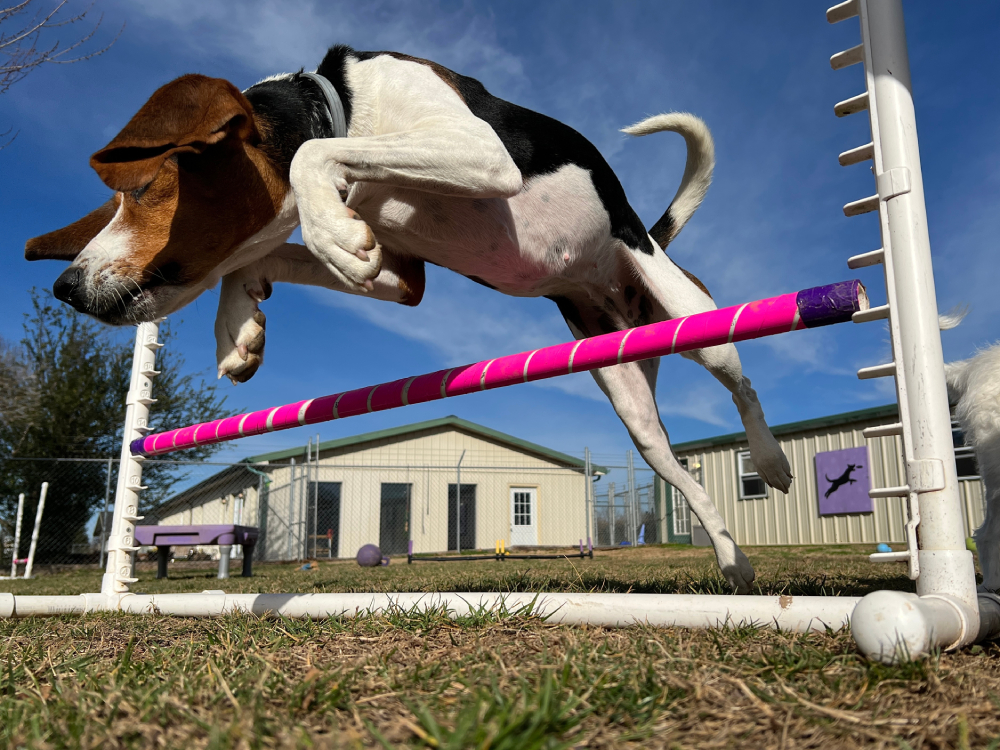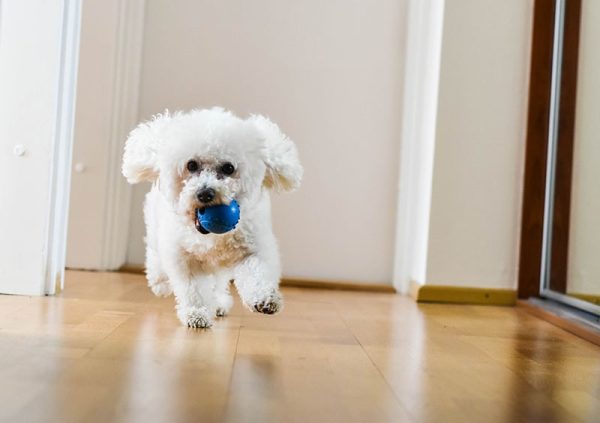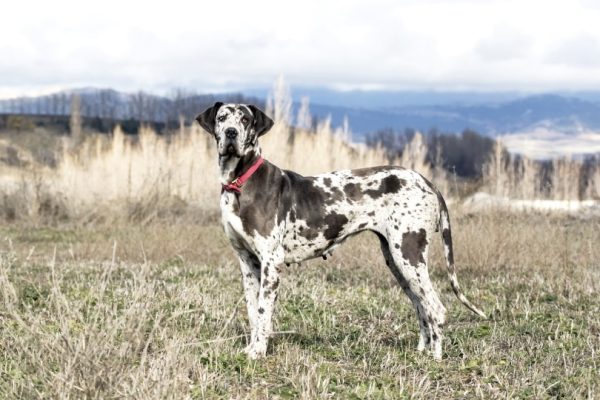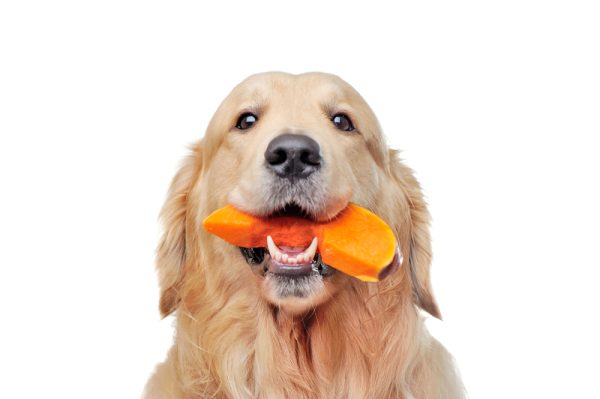In this article
View 5 More +Dog agility is probably the most well known dog sport, but how much do you know about it? Of course, it is clear that a dog must be incredibly well-trained and speedy in order to race through all those obstacles.
However, there’s a bit more to it than that. If you’re interested in learning how dog agility works and whether you should consider trying it with your dog, let’s delve into what agility is all about!

How Does It Work?
Dog agility is a sport in which a dog handler guides their dog through a pre-designed obstacle course within a set time limit. The course usually contains 14 to 20 obstacles, such as tire jumps, seesaws, weave poles, tunnels, and pause tables. At the pause tables, the dog must stop and remain motionless for an established period of time.
The course is determined in advance, giving the handler and their pet time to practice. During the competition, the dog responds to their handler’s cues and body language to navigate the course. The handler cannot touch their pet during the trial, which is performed with the dog off-leash.
All canines, regardless of size or breed, are typically welcome to participate (depending on the organization). However, age is a factor, and typically, dogs must be at least 15 months old to be eligible.
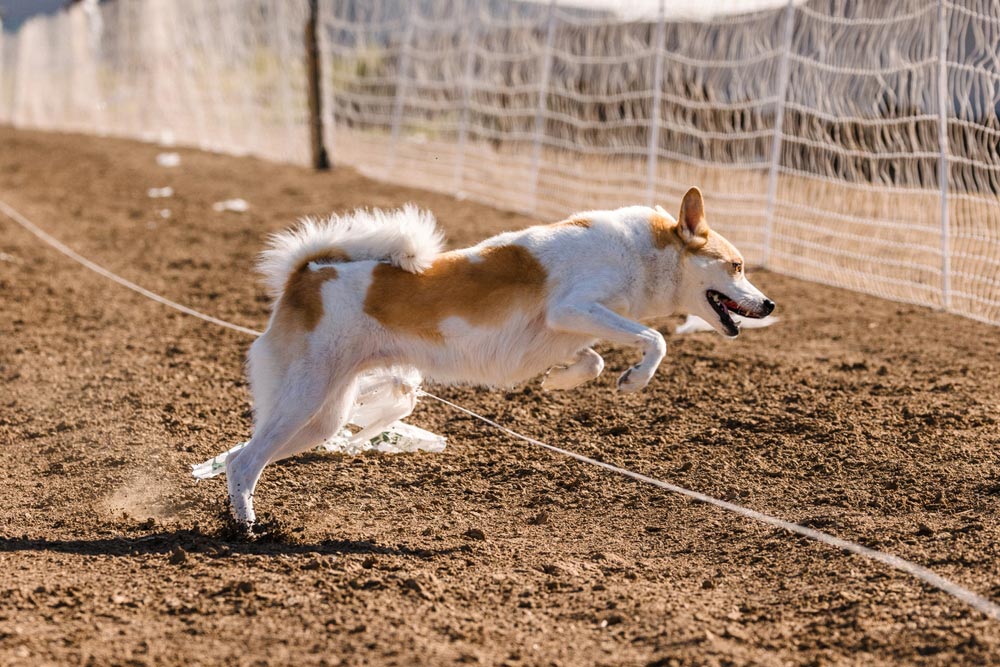
What Are the Different Types of Dog Agility Trials?
This depends on the organization. The American Kennel Club (AKC) is well-known for its agility trials, which are divided into three types: all-breed agility, specialty, and group.
All-breed agility trials are the most common types and are open to over 150 breeds and dog varieties recognized by the AKC. Specialty trials are for specific breeds only. For instance, the Poodle Club of America holds agility trials for Poodles of any size.
Group trials are designed for dogs from specific AKC groups, which are categorized as follows:
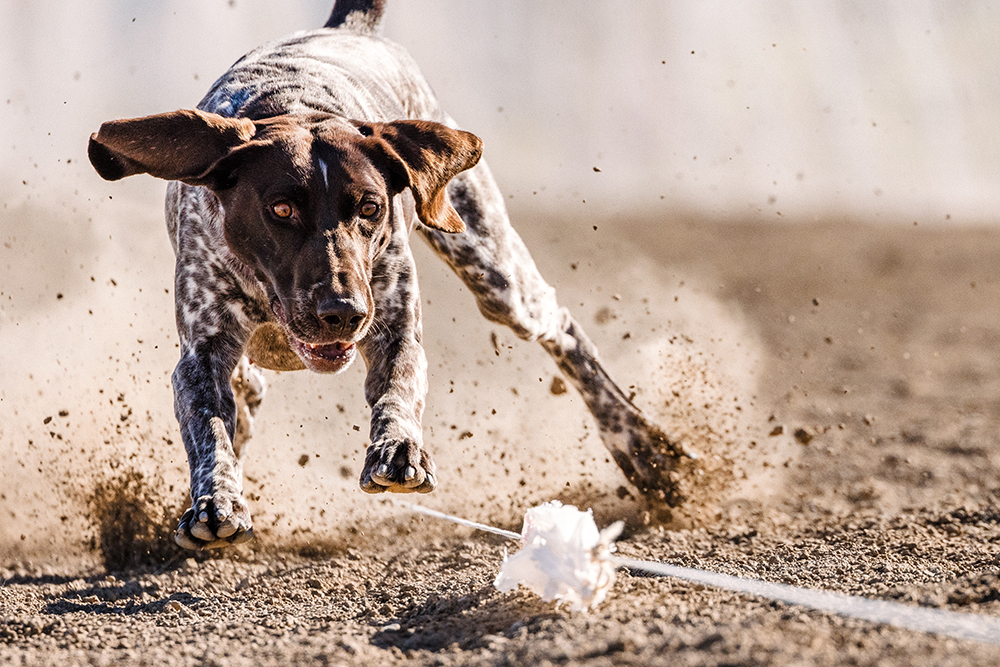
- Group I: Sporting breeds
- Group II: Hound breeds
- Group III: Working breeds
- Group IV: Terrier breeds
- Group V: Toy breeds
- Group VI: Non-Sporting breeds
- Group VII: Herding breeds
NADAC and USDAA also hold agility trials following their own rules and regulations.
How to Get Started
If you’re interested in trying agility with your dog, a good starting point is to enroll in agility classes offered by a local training center. Ensure that any training that you sign up for uses only positive reinforcement methods and that the trainers have appropriate certification.
In the beginning, take things at a pace that suits you and your dog. If your pup feels nervous, it’s recommended to start with one obstacle and gradually add more as they become more comfortable and confident. Once you’ve gained a bit of experience, you can consider getting in touch with a local club that specializes in agility training and events. This can be a great way to meet other people (and their dogs) who share similar interests.
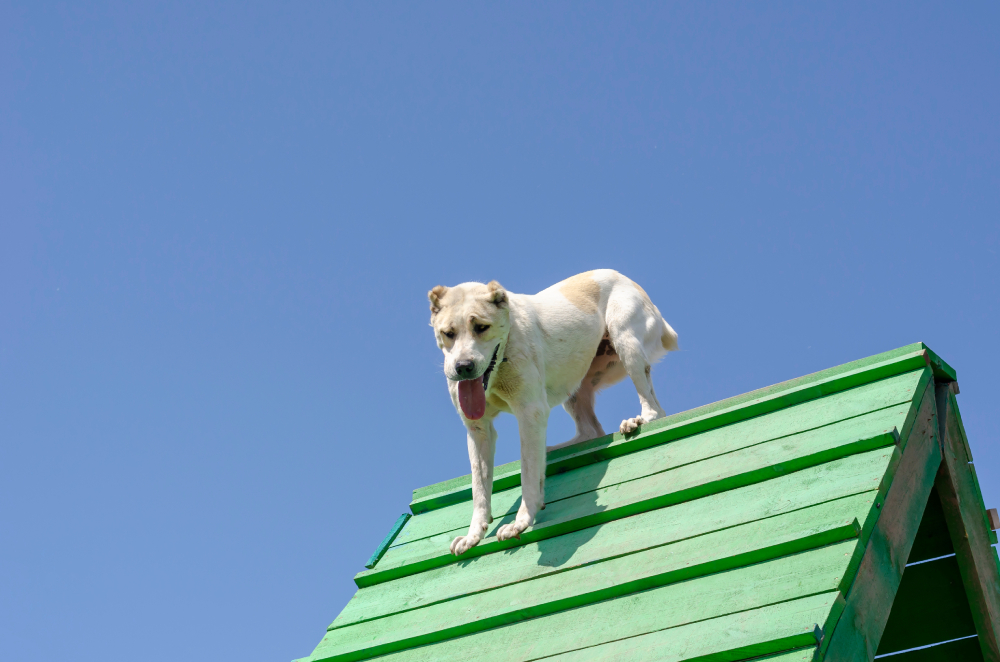
North America
Australia
United Kingdom
- Agilitynet has listings of clubs and smaller training facilities.
Advantages of Dog Agility
Agility training has numerous benefits for dogs:
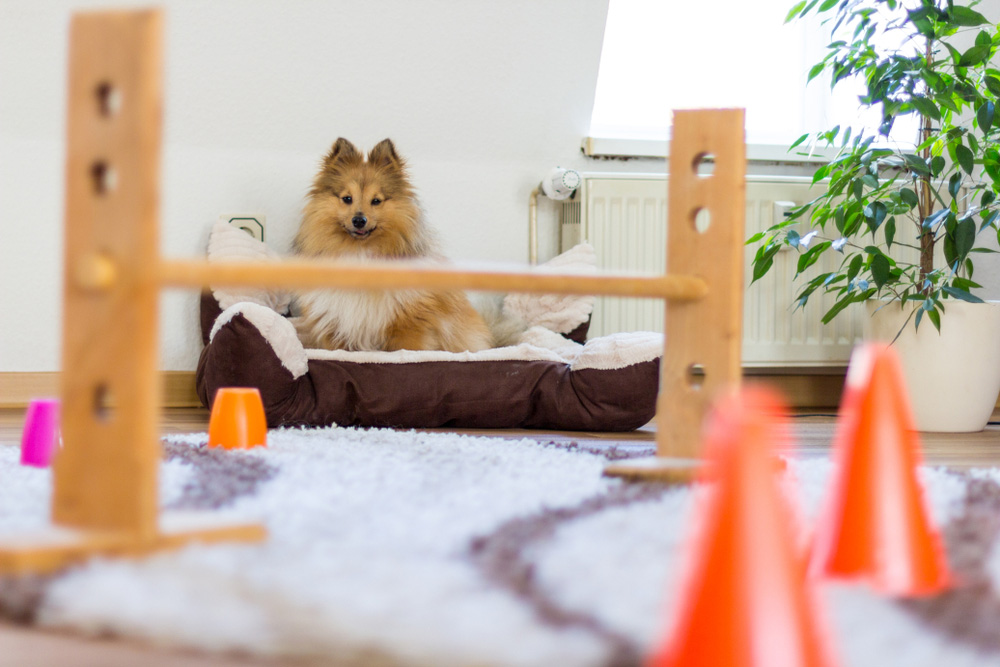
- Exercise: Agility gives dogs physical and mental exercise, both of which are essential for your pet’s overall health. Your dog will need to run and navigate obstacles while focusing on you and your body language.
- Learn or refresh basic commands: The only training that a dog really needs is learning basic commands. If you need to refresh your dog’s training or are still in the process, agility is a great way to do both.
- Strengthens bond: Agility will unquestionably help you form a strong bond with your dog. You and your dog must be 100% focused on each other throughout the training and events, and you’ll also spend a significant amount of time together.
- Keeps them healthy and agile: As the name suggests, agility trials require dogs to be agile, and the extra exercise helps keep them at a healthy weight.
- Gives them confidence: While it may not fix anxiety issues, agility can boost their confidence level, which can reduce stress and anxiety.
Disadvantages of Dog Agility
There aren’t many disadvantages to dog agility. That said, while all dogs are welcome, not all breeds should attempt it. Certain obstacles and maneuvers can be hard on a dog’s joints and cause injuries. Additionally, any breeds with brachycephalic issues (such as Pugs and Boxers) are more likely to have breathing problems during an agility trial.
Studies have also shown that dogs can become injured while working on agility. Therefore, it’s crucial to take the training seriously and consult with your veterinarian to ensure that your pet is fit for the activity. Large breeds might have more difficulty than medium-sized breeds because they are more prone to joint issues like hip dysplasia and arthritis.
However, proper and safe agility training can help prevent injuries. Keep in mind that training and participating in events can also be quite expensive.

Frequently Asked Questions (FAQ)
What Dog Breeds Do Best in Dog Agility?
Many herding dog breeds are known for their exceptional agility skills. Among them, Border Collies are particularly famous for their prowess in this area.
Other breeds, such as Shelties and Australian Shepherds, also tend to perform well in agility competitions. One reason is that herding dogs are accustomed to working closely with their handlers, following cues and body language. For this reason, agility often comes naturally to them. However, certain non-herding breeds, such as Papillons, Golden Retrievers, and Parson Russell Terriers, are also known for their agility skills.
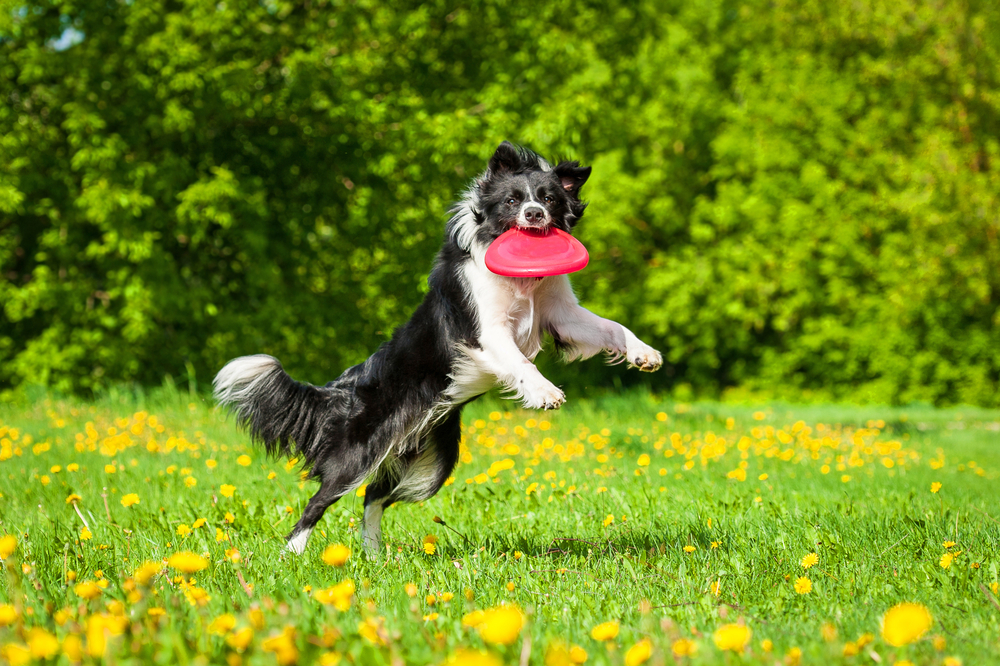
Can You Agility Train a Puppy?
It’s not recommended to put a puppy through any strenuous activities until they reach at least 1 year of age, which is when most dogs are considered adults. However, some breeds may not fully mature until they are 18 months old, so consulting with your vet is advisable. Since puppies are still growing, their bones and joints are at risk of injury until they are fully mature.
If desired, you can introduce your puppy to basic agility exercises, but be cautious and ensure that they don’t do too much jumping. This is particularly important for large-breed puppies.
Does the Dog Handler Have to Be in Good Shape?
Dog handlers can be of any age and athletic ability; they can range from school-age kids to seniors and from the athletic to the less-than-athletic. It can help if the handler is in shape, but it is certainly not a requirement. However, it is worth noting that running all over the course with a dog can help you get into shape if that is a goal of yours.

Conclusion
If you’re seriously considering introducing your dog to agility training, first check with your veterinarian to ensure that it’s safe for your dog. Also, consider attending a few agility trials so you can see how it all works.
Always remember that your dog’s safety and happiness should be your top priority. If your dog doesn’t seem to enjoy agility training, it’s not worth doing. But if your dog loves it, you’re sure to enjoy the special bond that develops between both of you while working on the exercises.
Related Reads:
- How to Bond With Your Dog: 9 Ways to Strengthen Your Connection
- Can Dogs Get Braces? Needs & When To Get Them
Featured Image Credit: Ryan Brix, Shutterstock
